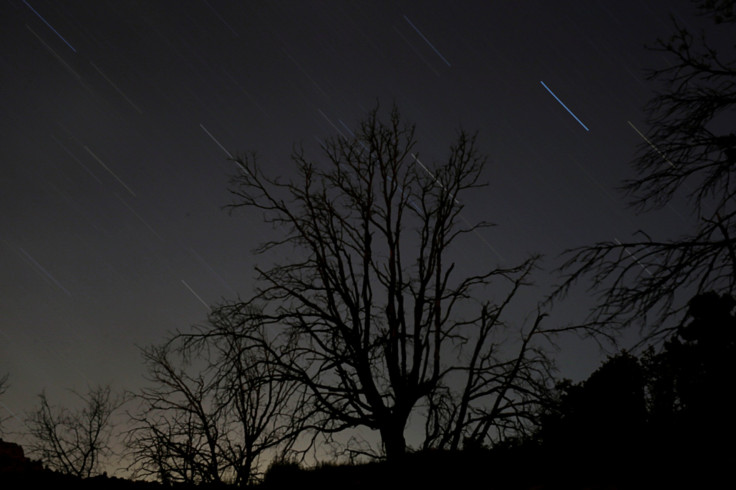Quadrantids Meteor Shower 2017 Live Stream: How, When To Watch

The Quadrantids meteor shower provides an annual celestial spectacle which, despite being prolific, is among the least watched of the handful of annual meteor showers that are visible from Earth. Occurring in early January, people often don’t go out to see it because of the low temperatures.
This year, the annual natural fireworks in the sky will hit its peak at about 9 a.m. EST Tuesday, when it will be too bright for those on the East Coast to see over 100 meteors streaking through the sky in an hour. But on the West Coast, it will still be 6 a.m. and much darker, giving astronomy enthusiasts potentially a great start to the new year.
However, if you live in western United States but are one of those feeling cold at the mere thought of going out at the early hour, or just plain lazy, you can still catch the first meteor shower of the year. Actually, you can do that even if you are on the East Coast, or anywhere else, for that matter.
Starting at 8:30 a.m. EST, space website Slooh.com will start a live show covering the Quadrantids meteor shower, which it describes as: “This brief but occasionally intense meteor shower in one of the finest of the year.”
The website’s broadcast is in partnership with multiple partners and it will provide wide-angle views of the sky while fireballs streak across it. In addition, astronomers will also provide information and trivia about the Quadrantids. You can watch the meteor shower live stream here.
If you see some meteors Tuesday, you can also contribute to science. “Fireballs in the Sky” is an app, made available by Curtin University in partnership with NASA, which allows people to report their observations. It is available for both Android and iOS.
© Copyright IBTimes 2024. All rights reserved.











